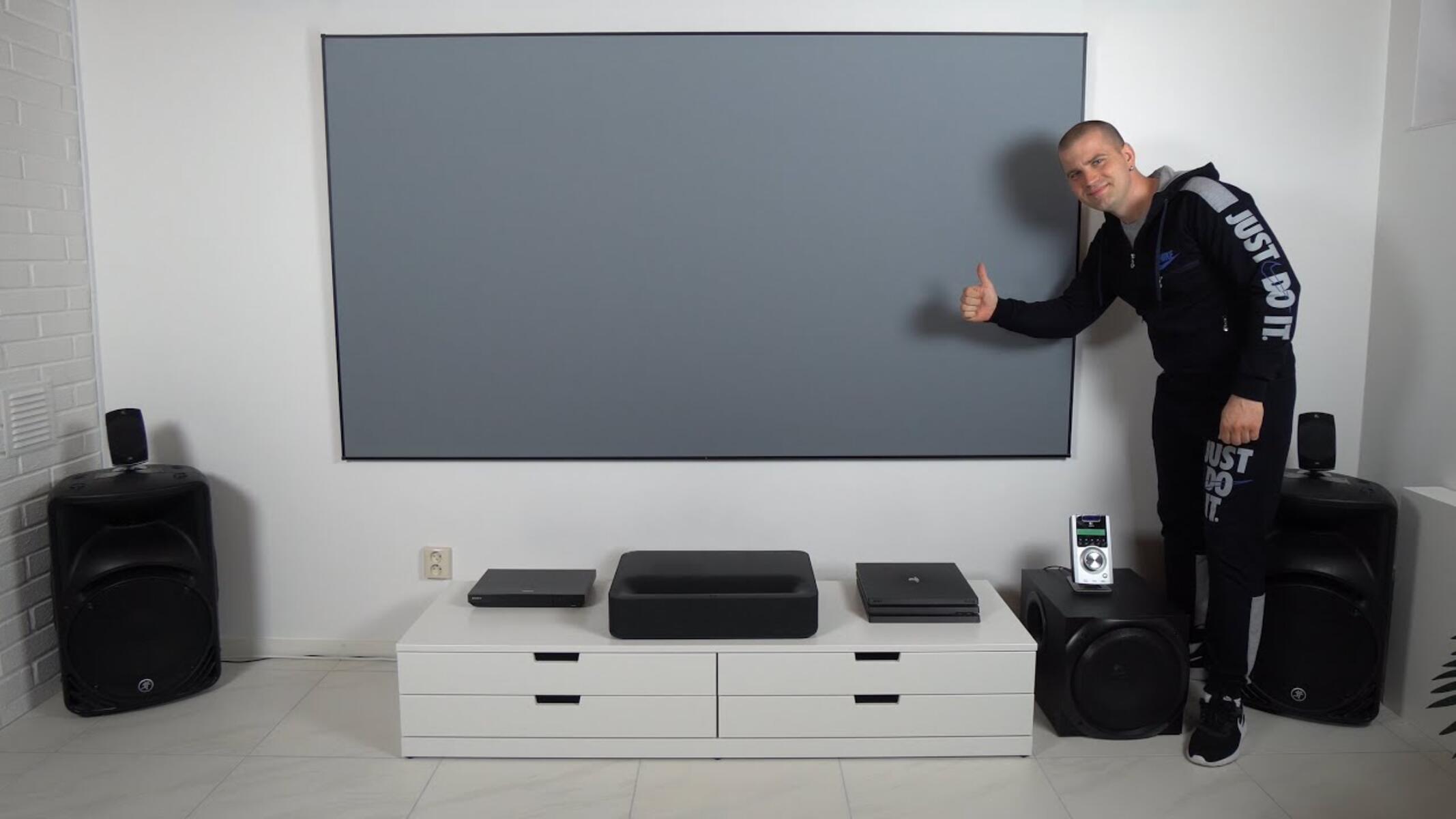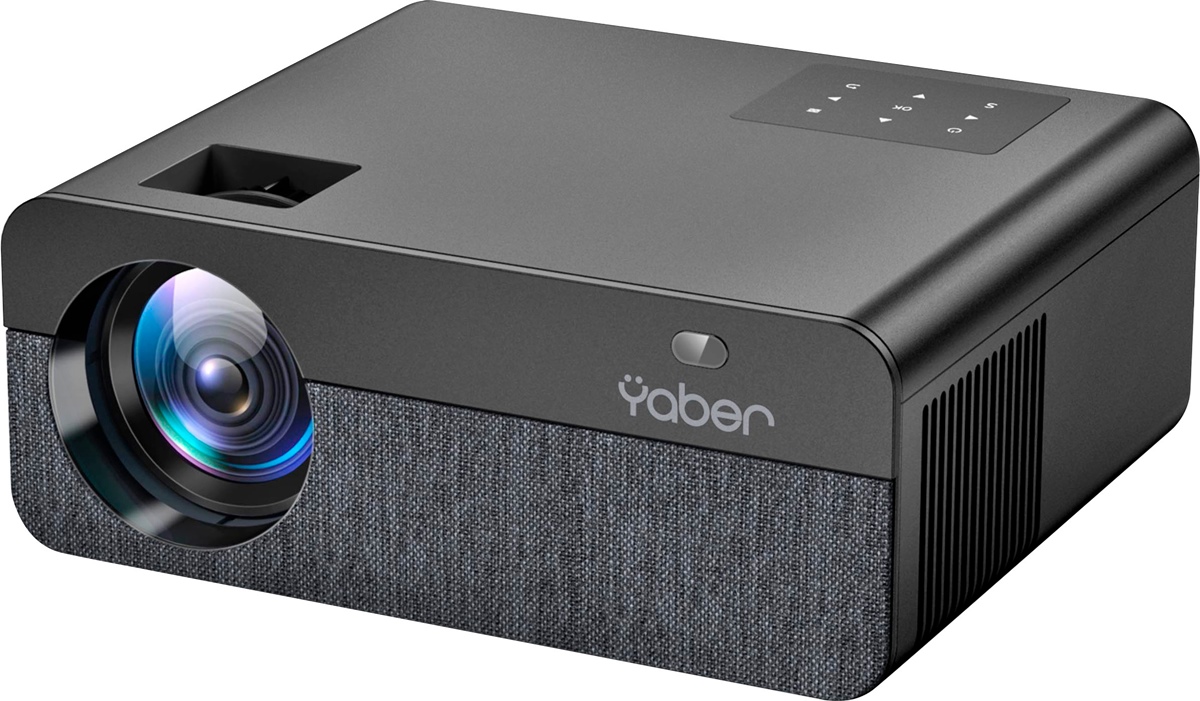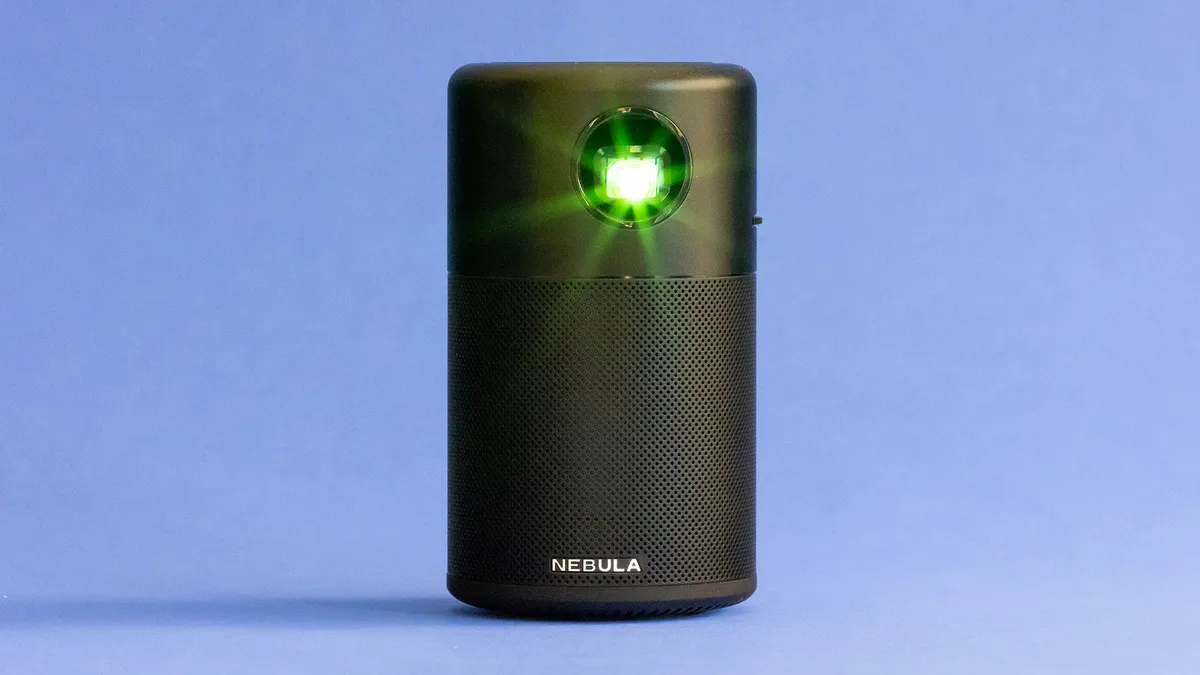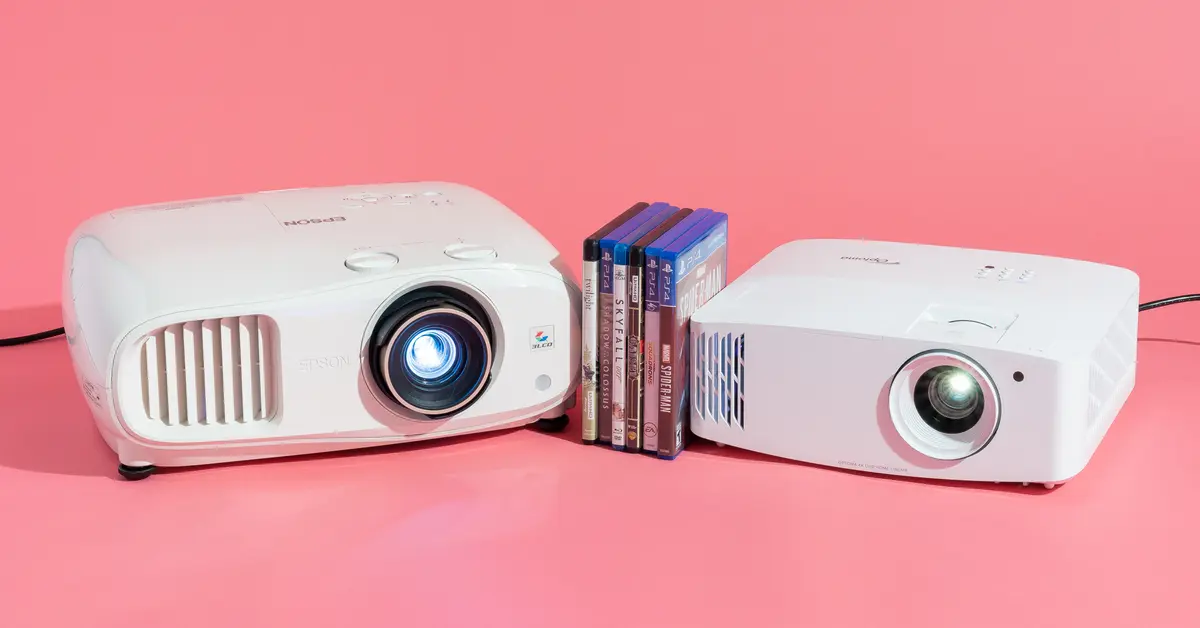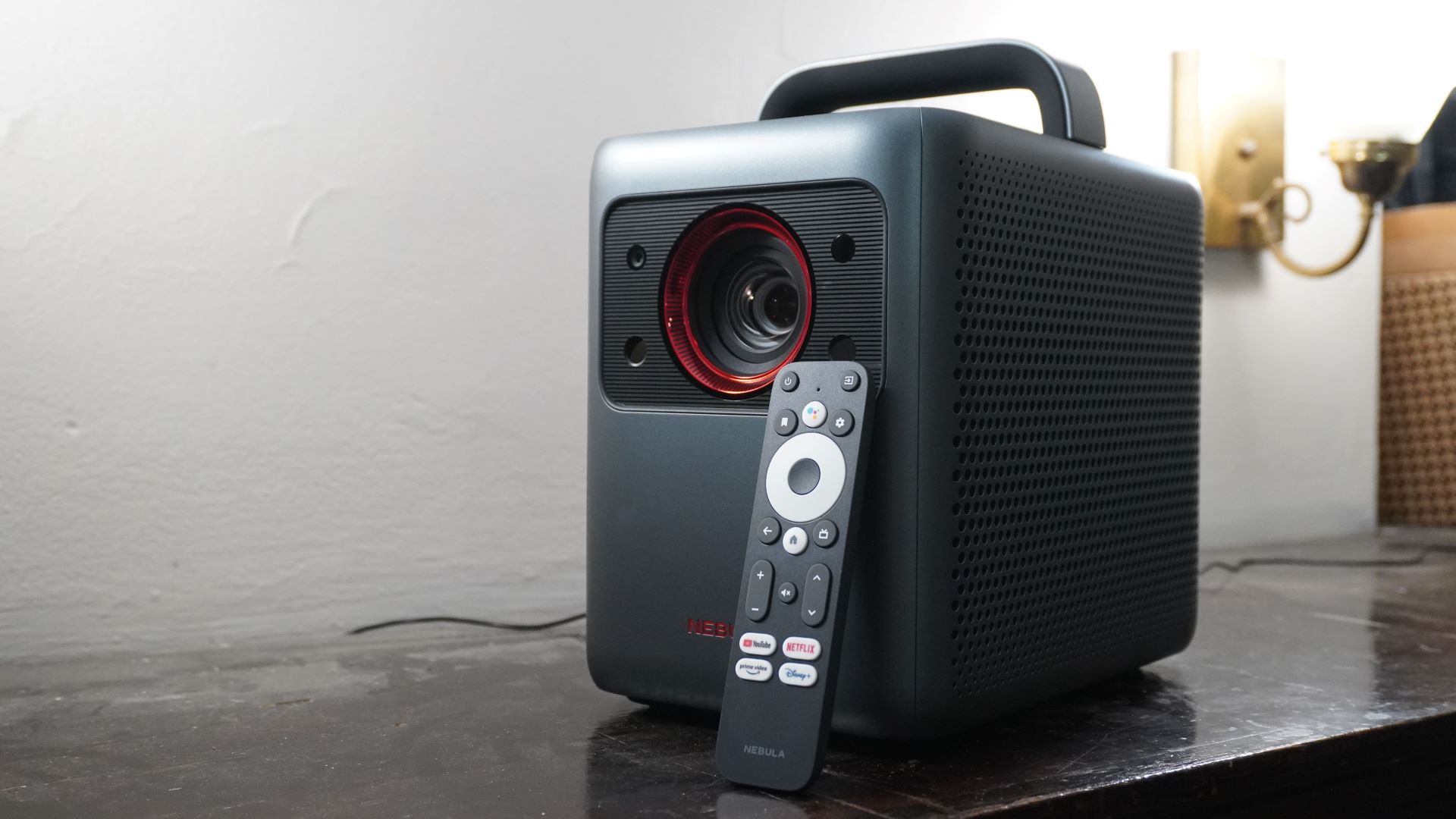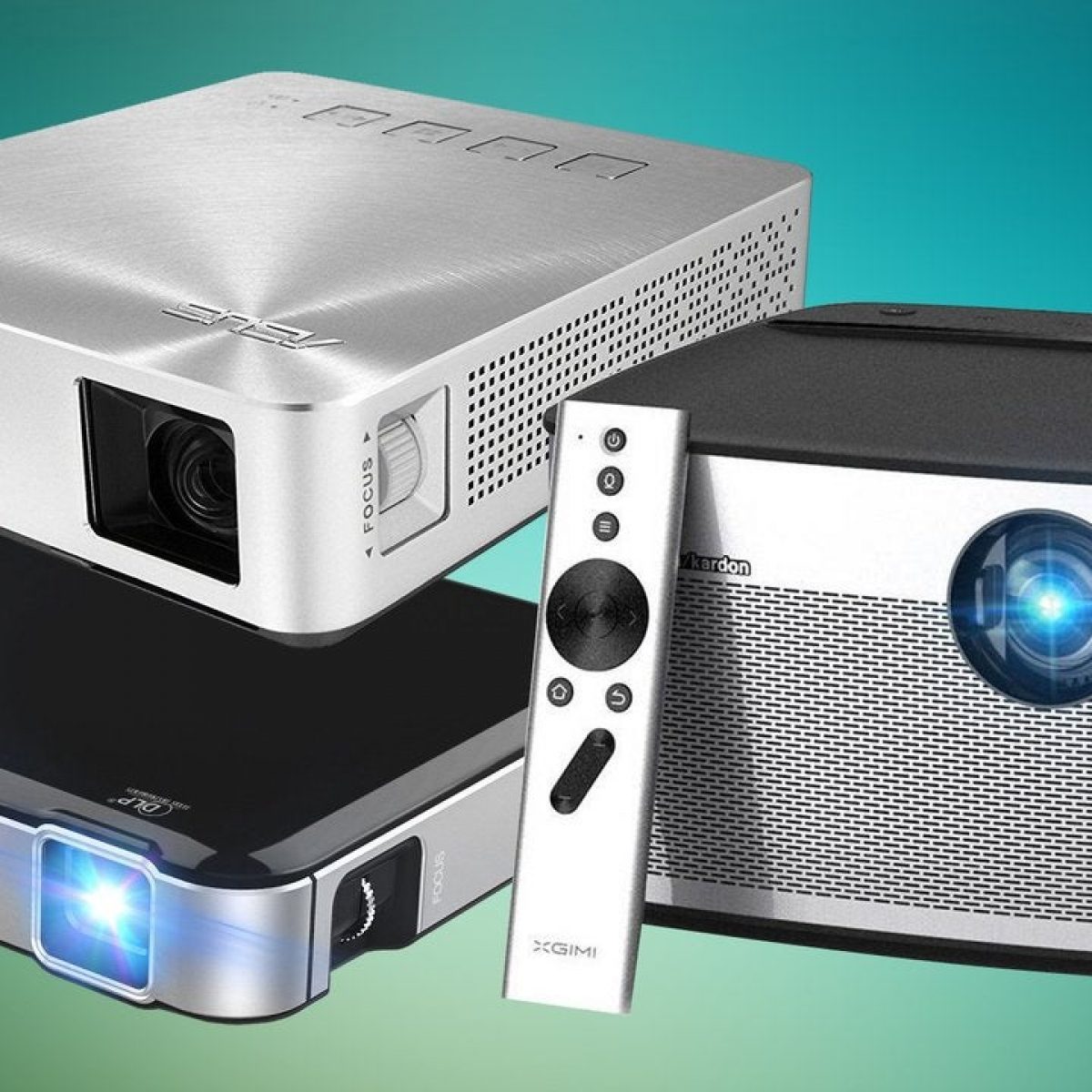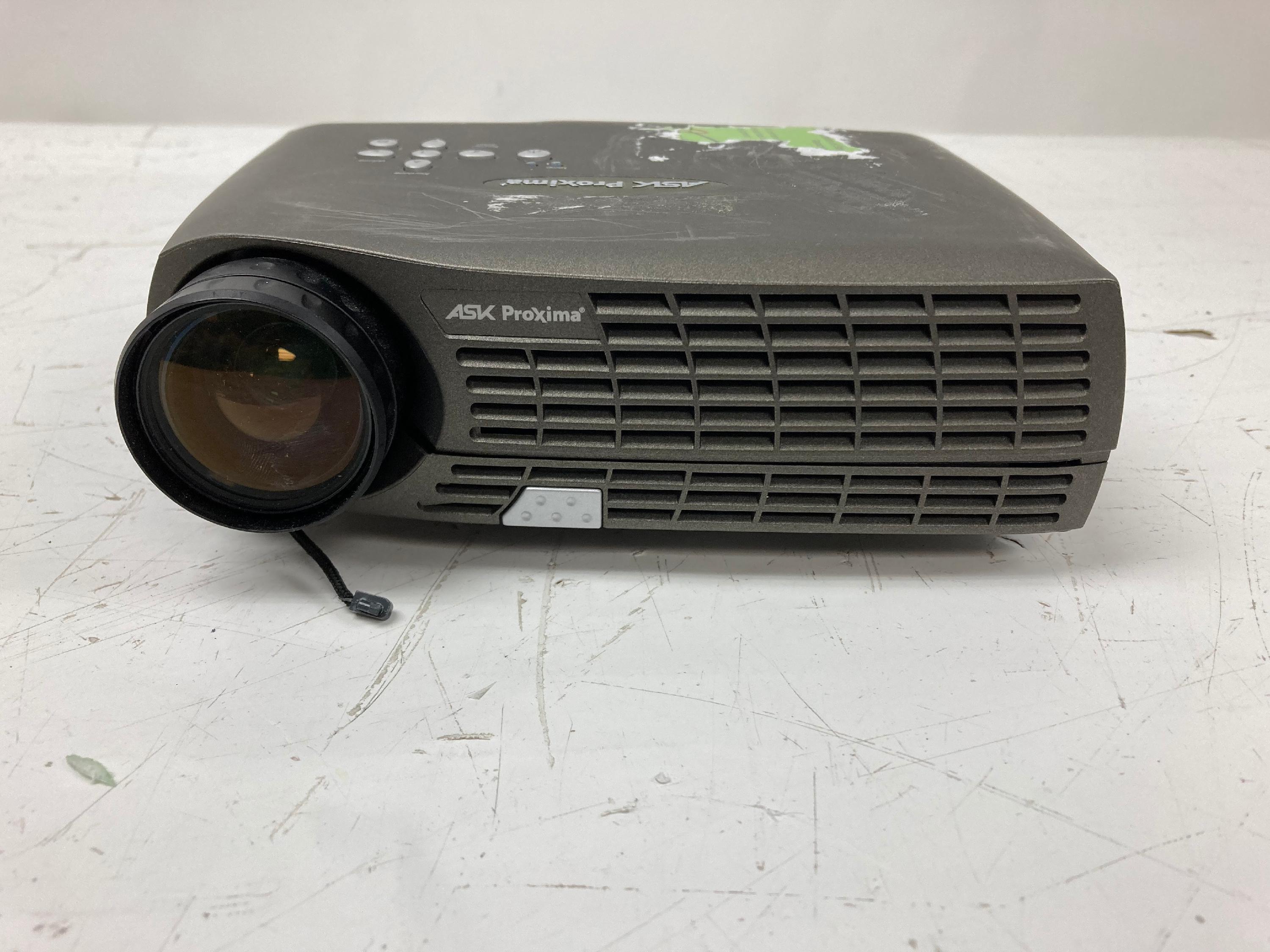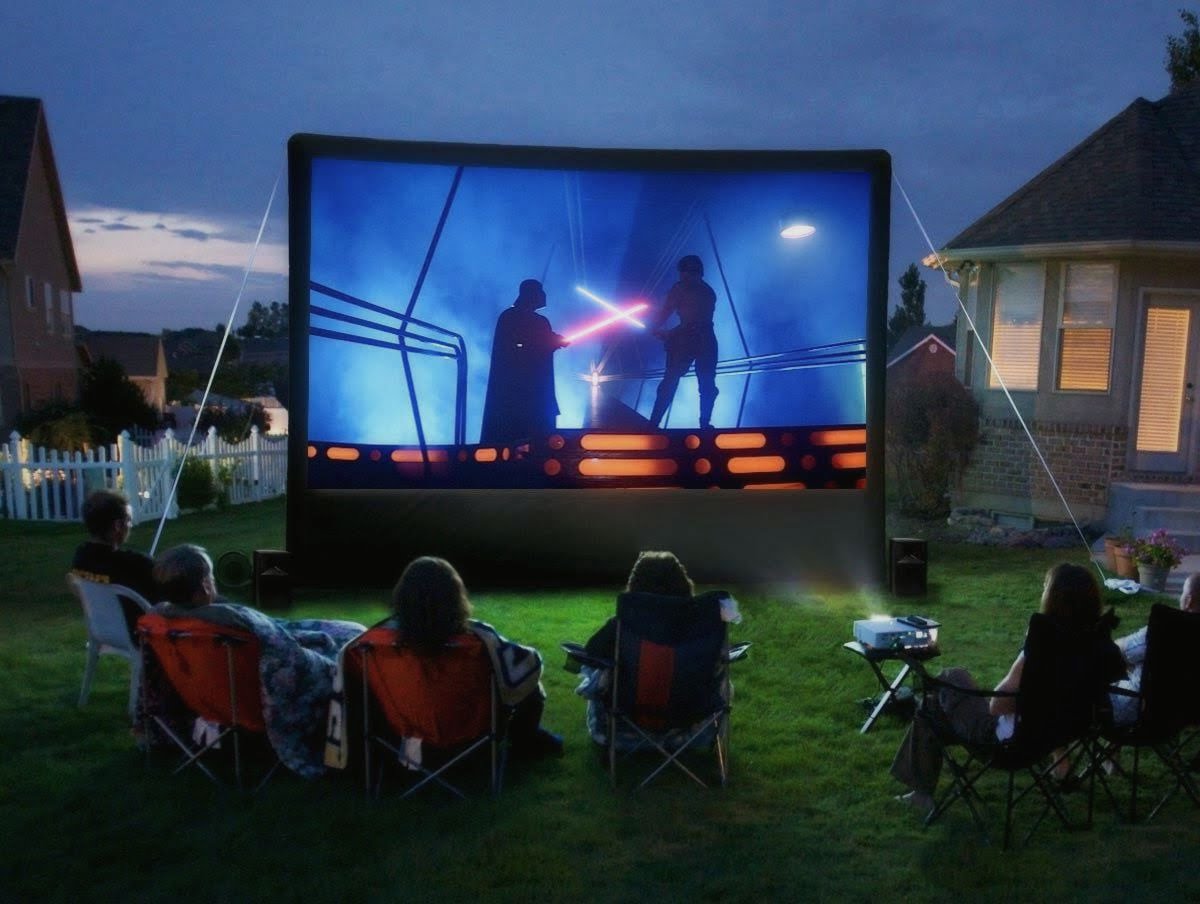Introduction
When it comes to creating a thrilling home theater experience, a big projector screen can make a world of difference. The sheer size of the screen immerses you in the action, whether you’re watching a movie, playing video games, or giving a presentation. But just how big is a 100-inch projector screen?
In this article, we’ll dive into the world of projector screen sizes and explore the physical dimensions and viewing experience of a 100-inch screen. We’ll also discuss the benefits it offers and the factors to consider before purchasing one for your home or office.
Understanding projector screen sizes can be tricky, as they are measured diagonally like TVs. A 100-inch screen refers to the diagonal measurement of the screen’s viewing area. This means that the distance from one corner to the opposite corner of the screen is 100 inches.
But what does that translate to in terms of physical dimensions? Let’s find out in the next section.
Understanding Projector Screen Sizes
Before we delve into the specifics of a 100-inch projector screen, let’s first understand how projector screen sizes are measured and what they mean.
Projector screen sizes are typically measured diagonally, similarly to how TVs are measured. This means that the size mentioned, such as 100 inches, refers to the diagonal length of the screen’s viewing area. It’s essential to note that this measurement does not include the screen’s surrounding frame.
When projecting images, the diagonal screen size is used as a reference point to determine the optimal viewing distance. However, it’s important to remember that the physical dimensions of the screen, including height and width, vary depending on the aspect ratio.
Aspect ratio is the ratio of the width of the screen to its height. The two most common aspect ratios for projector screens are 16:9 and 4:3. The 16:9 aspect ratio is often associated with widescreen and high-definition content, while the 4:3 aspect ratio is commonly used for traditional square-shaped presentations.
Therefore, a 100-inch screen with a 16:9 aspect ratio will have different physical dimensions compared to a 100-inch screen with a 4:3 aspect ratio. The former will be wider and shorter, while the latter will be slightly taller and narrower.
Understanding the aspect ratio and physical dimensions of a projector screen is crucial when considering the space available for installation and the desired viewing experience.
What Does 100 Inches Actually Mean?
When we say that a projector screen is 100 inches, it refers to the diagonal measurement across the screen’s viewing area. But what does this actually mean in terms of scale and viewing experience?
A 100-inch projector screen offers a significantly larger viewing area compared to smaller screens. To provide some perspective, it’s important to consider the size of a typical TV. A 100-inch screen is over 8 feet wide. This ample size allows for an immersive viewing experience, making you feel like you’re right in the middle of the action.
Whether you’re watching movies, playing video games, or giving presentations, a 100-inch screen creates a cinematic and engaging atmosphere. The large size allows for more details to be visible, enhancing the overall visual impact.
Keep in mind that the optimal viewing experience for a 100-inch screen depends on the viewing distance. It’s recommended to sit at a reasonable distance from the screen to avoid straining the eyes. Typically, a viewing distance that is 1.5 to 2 times the screen size is recommended.
For example, for a 100-inch screen, a viewing distance between 12.5 and 16.7 feet (3.8 to 5.1 meters) would provide an immersive experience without sacrificing clarity.
Now that we understand what 100 inches means in terms of size and viewing experience, let’s explore the physical dimensions of a 100-inch projector screen in the next section.
Physical Dimensions of a 100 Inch Projector Screen
When it comes to the physical dimensions of a 100-inch projector screen, it’s important to consider the aspect ratio. As mentioned earlier, the aspect ratio determines the width and height proportions of the screen.
In the case of a 100-inch projector screen with a 16:9 aspect ratio, the dimensions can be calculated using basic geometry. The width of the screen can be determined by multiplying the diagonal measurement by the aspect ratio’s width ratio. The height can be calculated by multiplying the width by the aspect ratio’s height ratio.
For a 100-inch screen with a 16:9 aspect ratio, the approximate physical dimensions would be around 87 inches wide and 49 inches tall. These measurements can vary slightly depending on the manufacturer and the specific screen model.
It’s important to note that the physical dimensions mentioned only consider the viewing area of the screen and not the surrounding frame or mounting brackets. Before purchasing a 100-inch projector screen, ensure that you have ample space to accommodate its dimensions.
Another aspect to consider is the aspect ratio’s impact on the physical dimensions. For example, a 100-inch projector screen with a 4:3 aspect ratio will have different width and height measurements compared to a 16:9 aspect ratio. It’s essential to choose the aspect ratio that best suits your viewing preferences and content type.
Now that we have an understanding of the physical dimensions, let’s move on to the next section, where we explore the relationship between viewing distance and screen size.
Viewing Distance and Screen Size
The viewing distance plays a crucial role in determining the optimal experience when it comes to a 100-inch projector screen or any screen size for that matter. It’s important to find the right balance between immersion and comfortable viewing.
For a 100-inch screen, the recommended viewing distance is typically 1.5 to 2 times the screen size. Following this guideline, the ideal viewing distance for a 100-inch screen would be around 150 to 200 inches, or approximately 12.5 to 16.7 feet (3.8 to 5.1 meters).
By following this recommendation, you can ensure that you’re not sitting too close to the screen, which may lead to visual strain, or too far away, which can diminish the immersive experience and make small details less discernible.
It’s worth noting that individual preferences may vary, and some may prefer to sit a bit closer or farther from the screen depending on personal comfort and the type of content being viewed.
When setting up your home theater or presentation space, consider the available room dimensions and arrangement of furniture to determine the best seating distance. Additionally, ensure that there are no obstructions between the seating area and the screen that may impede the viewing experience.
It’s also important to consider the content being projected. For movies and gaming, a closer seating distance can enhance the immersive experience, while for presentations and slideshows, a slightly farther seating distance may be preferred for better readability.
By finding the optimal viewing distance for your 100-inch projector screen, you can fully enjoy the immersive and cinematic experience it offers.
Now that we’ve discussed the viewing distance and screen size relationship, let’s move on to the benefits of having a 100-inch projector screen.
Benefits of a 100 Inch Projector Screen
Investing in a 100-inch projector screen comes with several benefits that enhance your viewing experience and elevate your home theater or presentation setup.
One of the primary advantages of a 100-inch screen is the immersive and cinematic experience it provides. With its large size, the screen engulfs your field of vision, transporting you into the content you’re watching. Whether it’s a thrilling action movie or an intense gaming session, the larger-than-life visuals create a sense of presence and excitement.
A 100-inch screen also allows for better visibility and detail, particularly when watching high-definition or 4K content. The larger screen size ensures that you can see every minute detail, enhancing the overall picture quality and making your viewing experience more immersive and engaging.
Additionally, a 100-inch projector screen is ideal for gatherings and social events. It provides a larger viewing area, allowing everyone in the room to enjoy the content without straining to see a smaller screen. This is especially beneficial when hosting movie nights, sports events, or presentations in a conference room.
Furthermore, a 100-inch projector screen can transform your living room or dedicated home theater into a mini cinema. You can recreate the theater experience from the comfort of your own home, complete with a big screen and surround sound system. This is perfect for movie enthusiasts who want to enjoy their favorite films in the ultimate home viewing environment.
Lastly, a 100-inch screen offers versatility in its installation options. Whether you choose a fixed frame, retractable, motorized, or portable screen, you have the flexibility to install it in different locations and easily adjust its position based on your needs and space availability.
Overall, a 100-inch projector screen provides an immersive, cinematic experience, better visibility, social gathering capabilities, and installation versatility. These benefits make it an excellent choice for those who value a premier viewing experience.
Now that we’ve explored the advantages of a 100-inch projector screen, let’s move on to the factors to consider before purchasing one.
Factors to Consider Before Purchasing a 100 Inch Projector Screen
Before investing in a 100-inch projector screen, there are several important factors to consider to ensure that you choose the right screen for your needs and setup.
1. Space Availability: Measure the available space where you plan to install the screen. Consider the screen’s physical dimensions, including the width and height, to ensure that it fits comfortably in the desired location without obstructing furniture or other elements in the room.
2. Aspect Ratio: Determine the aspect ratio that best suits your viewing preferences and content type. The two common aspect ratios are 16:9 and 4:3. Consider the type of content you’ll be viewing most frequently and choose the aspect ratio accordingly.
3. Screen Material: The screen material plays a vital role in the picture quality and viewing experience. Consider factors such as gain, color accuracy, and ambient light rejection. Opt for high-quality materials that offer a balance between brightness and contrast.
4. Installation Options: Consider the different installation options available for a 100-inch screen, such as fixed frame, retractable, motorized, or portable screens. Choose the installation method that suits your needs and preferences.
5. Projector Compatibility: Ensure that the screen is compatible with your projector. Check the recommended projector distance and screen size specifications to ensure optimal performance and clarity.
6. Room Lighting: Consider the lighting conditions in the room where the screen will be installed. If the room has high ambient light, you may need a screen with better contrast and light-rejecting capabilities to maintain image quality.
7. Budget: Set a budget for your 100-inch projector screen and explore options within that range. Consider the screen’s quality, features, and durability when making your decision.
8. Reviews and Recommendations: Read customer reviews and seek recommendations from experts or individuals who have experience with 100-inch projector screens. This can provide valuable insights and help you make an informed decision.
By considering these factors, you can choose a 100-inch projector screen that aligns with your preferences, space limitations, and budget, ensuring a satisfying and immersive viewing experience.
Now that we’ve discussed the factors to consider, let’s wrap up this article.
Conclusion
A 100-inch projector screen offers a thrilling and immersive viewing experience, bringing your favorite movies, games, and presentations to life. Understanding the measurement, physical dimensions, and optimal viewing distance of a 100-inch screen is essential for creating the perfect home theater or presentation setup.
By choosing the right aspect ratio, considering the screen material, and ensuring compatibility with your projector, you can enjoy stunning visuals and excellent picture quality. Additionally, the benefits of a 100-inch screen, such as an immersive experience, better visibility, social gathering capabilities, and installation versatility, make it an excellent choice for home entertainment or professional use.
Before purchasing a 100-inch projector screen, be sure to assess factors such as space availability, budget, installation options, and room lighting. By considering these factors, you can make an informed decision and select the perfect screen that meets your needs and preferences.
Whether you’re a movie enthusiast looking to recreate the theater experience at home or a professional presenting in a conference room, a 100-inch projector screen can provide an unforgettable viewing experience. So, go ahead and choose the right screen size, set it up in your desired location, and enjoy the immersive world of big-screen entertainment!







